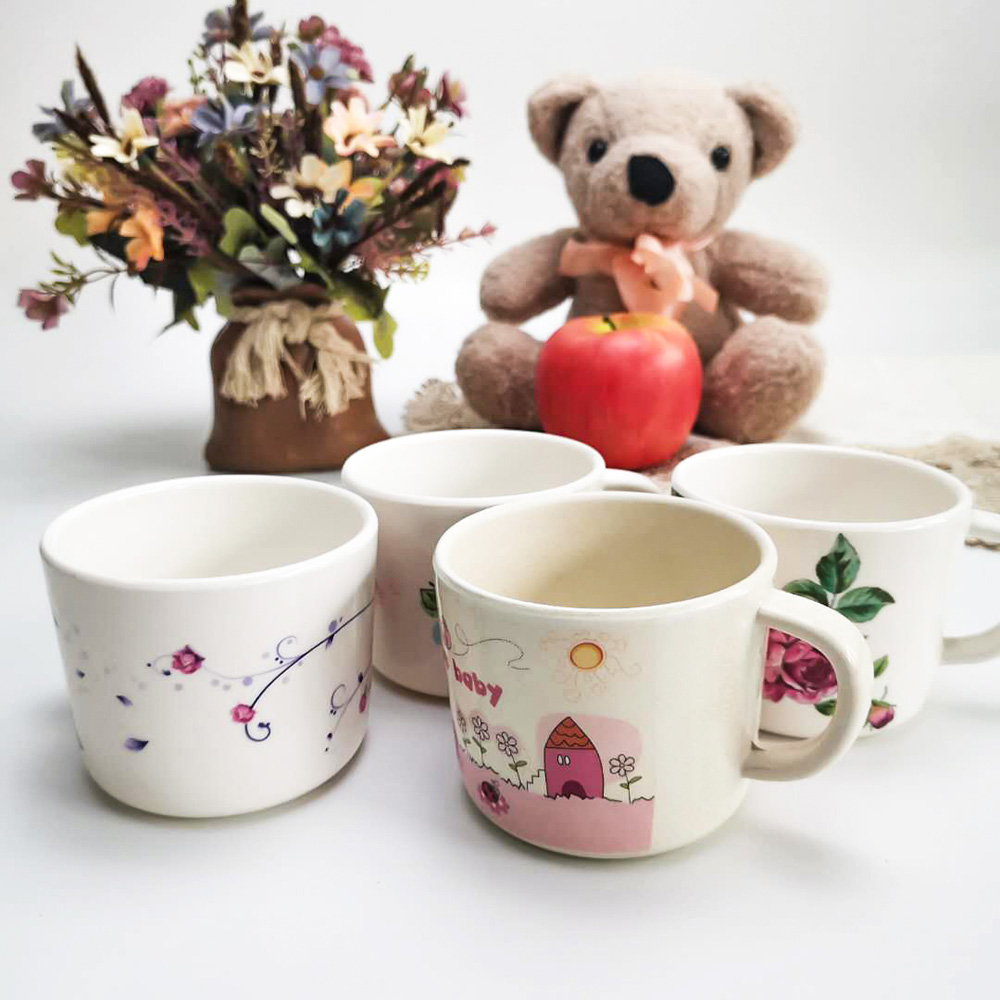In the ever-evolving world of tableware, melamine plates have emerged as a versatile and practical choice for households, restaurants, and catering businesses alike. These durable and lightweight plates have captured the attention of consumers worldwide, driven by their unique properties and the growing demand for sustainable and cost-effective dining solutions.
Melamine plates are made from a synthetic polymer resin derived from melamine, a compound formed by combining melamine and formaldehyde. This material is renowned for its exceptional strength, heat resistance, and shatter-resistant qualities, making it an ideal choice for various applications. The production process involves molding the melamine resin into desired shapes and patterns, resulting in a wide range of melamine plate designs to suit different tastes and occasions.
One of the key factors driving the global melamine plate market is their durability. Unlike traditional ceramic or porcelain plates, melamine plates are virtually unbreakable, making them an excellent choice for outdoor events, picnics, and households with young children. Their resistance to chips, cracks, and scratches ensures a longer lifespan, reducing the need for frequent replacements and contributing to cost savings in the long run.
Another significant advantage of melamine plates is their lightweight nature. This characteristic not only makes them easy to handle and transport but also contributes to reduced shipping costs, benefiting both manufacturers and consumers. Additionally, melamine plates are often stackable, allowing for efficient storage and space-saving solutions in kitchens and dining areas.
The global melamine plate market has witnessed a surge in demand due to the increasing popularity of outdoor dining and catering services. Melamine plates offer a practical and attractive alternative to disposable plates, reducing waste and promoting sustainability. Their versatility extends beyond traditional dining settings, as melamine plates are also widely used in healthcare facilities, schools, and institutional settings, where durability and ease of cleaning are paramount.
Moreover, melamine plates have gained traction in the hospitality industry, where they are appreciated for their ability to withstand the rigors of commercial kitchens and high-volume dining establishments. Their resistance to heat and stains makes them ideal for serving hot meals, while their wide range of colors and designs allows for seamless integration into various restaurant themes and decor.
Despite their numerous advantages, the melamine plate market faces challenges related to environmental concerns and regulatory frameworks. Some regions have implemented restrictions or bans on the use of melamine due to potential health risks associated with the leaching of melamine compounds into food or beverages. Manufacturers have responded by developing safer and more eco-friendly melamine formulations, adhering to stringent quality standards and regulations.
As the global melamine plate market continues to evolve, manufacturers are exploring innovative designs, patterns, and textures to cater to diverse consumer preferences. The integration of sustainable practices, such as the use of recycled materials and eco-friendly production methods, is also gaining momentum, aligning with the growing demand for environmentally conscious products.
In conclusion, melamine plates have carved a significant niche in the global tableware market, offering a unique combination of durability, affordability, and versatility. As consumer preferences shift towards practical and sustainable solutions, the demand for melamine plates is expected to continue its upward trajectory. By addressing environmental concerns and embracing innovative designs, the melamine plate industry is poised to capitalize on the opportunities presented by the ever-changing global market trends.


 English
English 中文简体
中文简体 Español
Español








 No.8 Sanying Road, Jiangnan Street, Linhai City, Zhejiang, China
No.8 Sanying Road, Jiangnan Street, Linhai City, Zhejiang, China
 +86-13676659266
+86-13676659266 0576-85959968
0576-85959968
